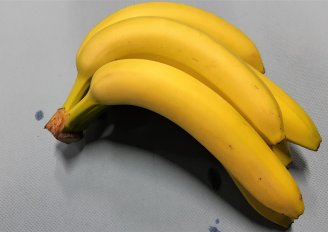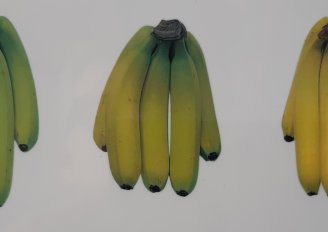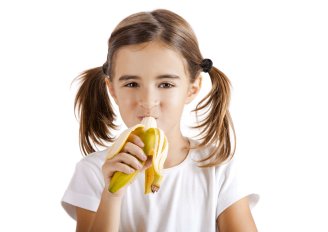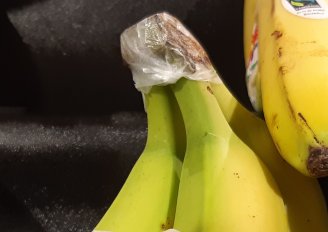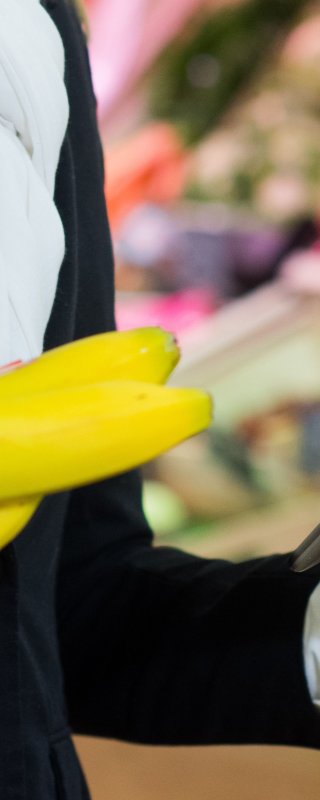
Banana quality
Quality of banana is defined by several quality attributes. The most important are appearance, colour, texture and flavour. Appearance and colour are examples of quality attributes judged on the outside, whereas texture and flavour are internal quality parameters. The quality attributes are influenced by variety, preharvest factors, harvest practices and postharvest handling. Determination of fruit quality provides an important indication of the remaining storage potential and shelf-life.
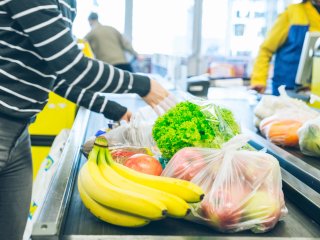
Optimal quality of banana
Important quality characteristics of bananas are shape, colour, brightness of the skin, and texture and flavour of the pulp. During the ripening process of the banana several changes occur. Tissue starts to soften, starch is degraded into sugars in pulp and skin, the skin becomes light green and then yellow, and the characteristic banana aroma is produced. Diseases and disorders should be prevented as much as possible. The minimum requirements for good quality are: intact, healthy, clean, fresh in appearance, firm, (practically) free of damages, free of malformation, with the stalk intact and free from foreign smell and / or taste.
